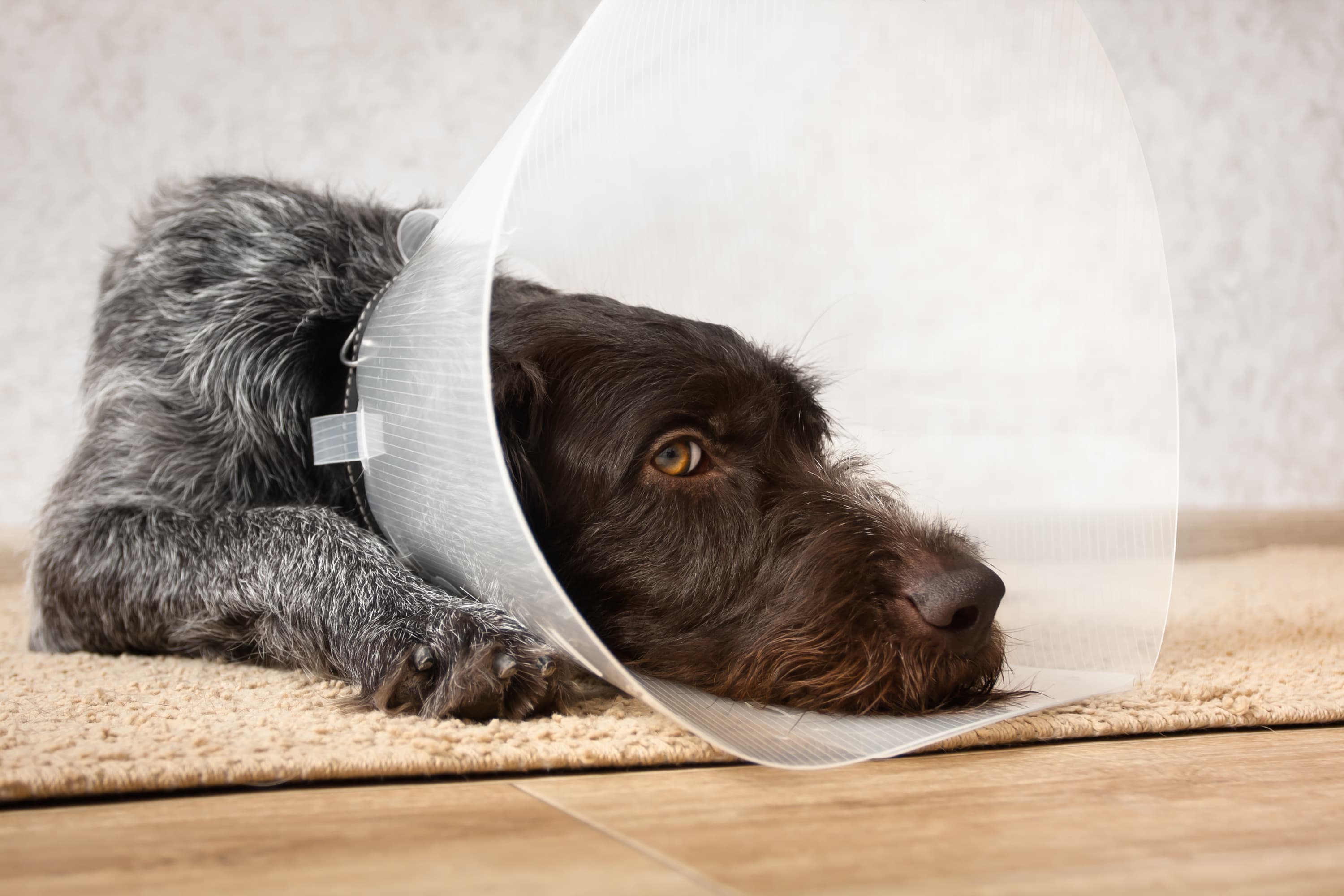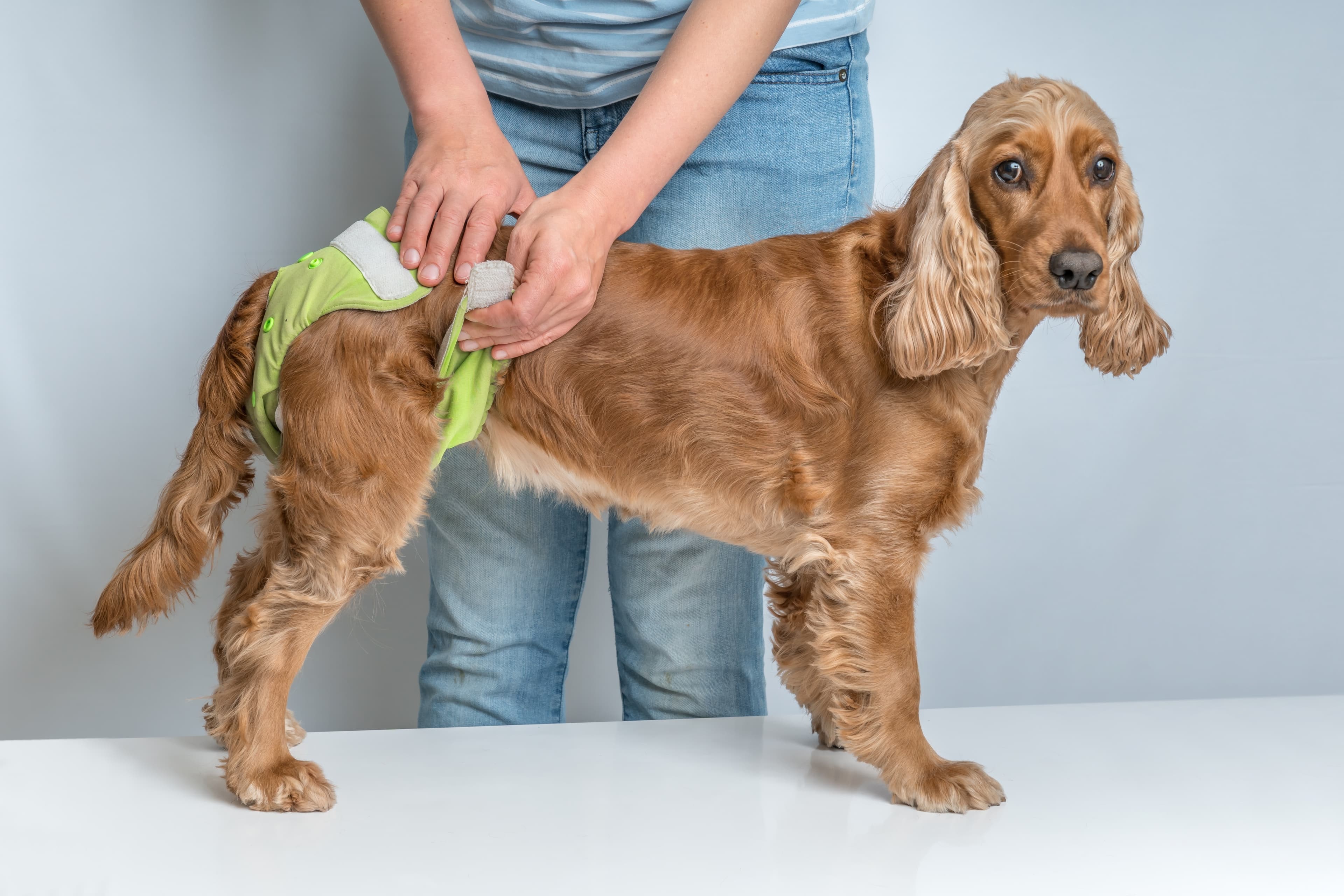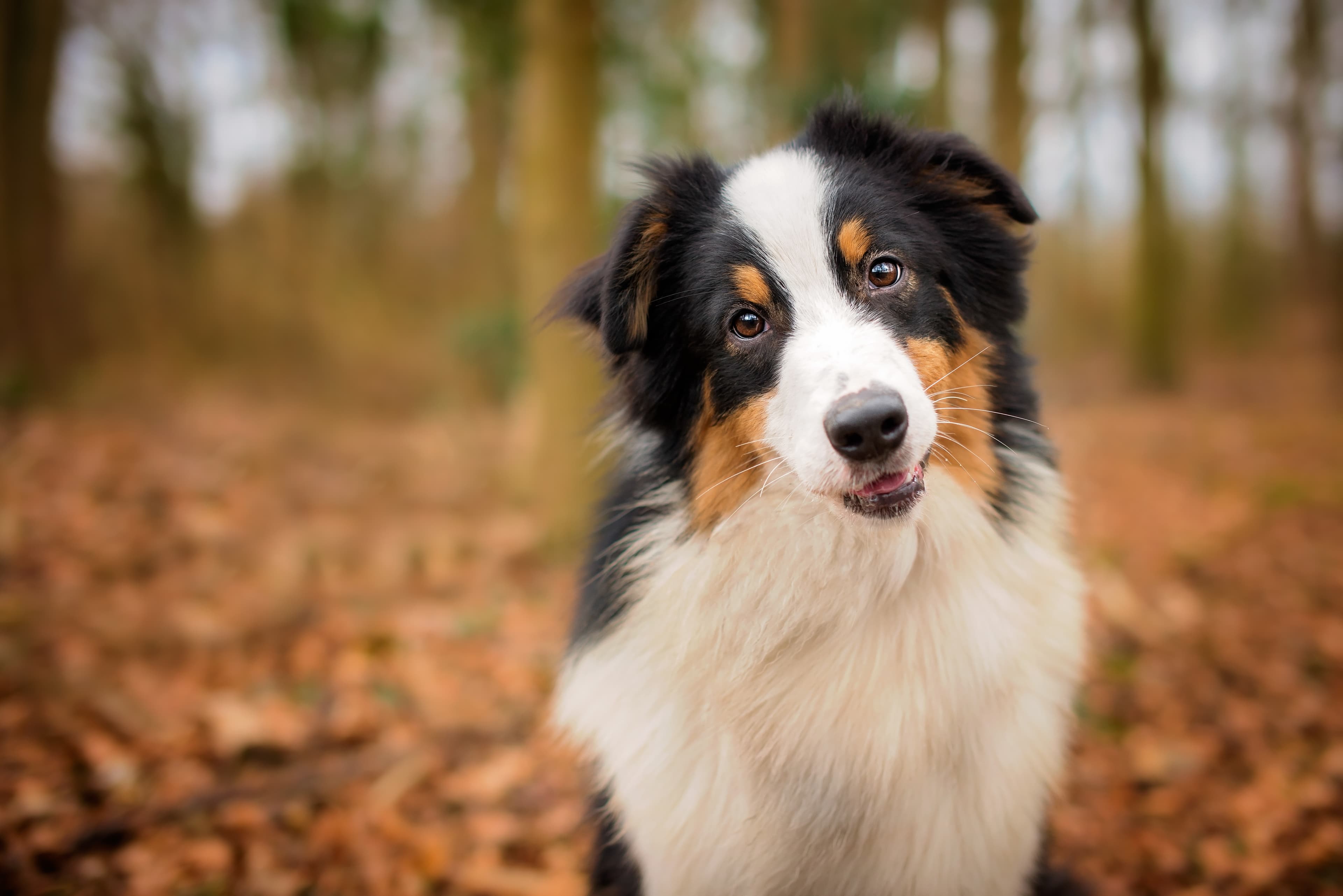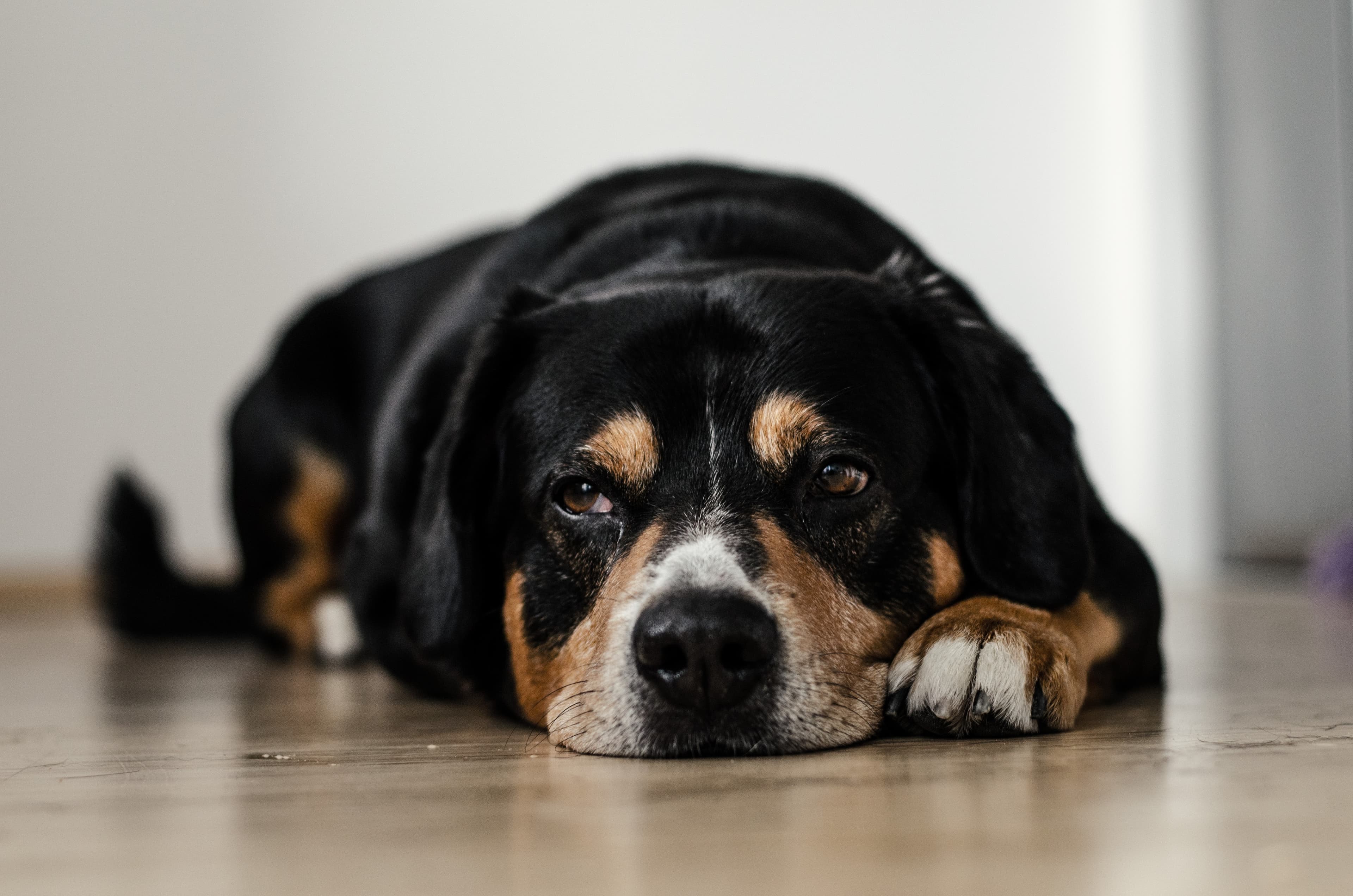Dog bite injuries - Tips & advice on what to do
Bite injuries in dogs
Dog bite injuries can occur when a dog gets into a fight with another dog. Bite injuries can vary in complexity depending on where the dog was bitten and how deep the wound is. The size, depth and location of the wound will determine whether you need to see a vet or whether you can manage the wound on your own. Here we tell you more about what to do if your dog has been bitten by another dog!
Minor, superficial wound - how to take care of it yourself
If your dog only has a minor, superficial wound that hasn't penetrated the skin, you can try treating this yourself - if the dog is otherwise fine. Here's what to do:
Shave the area to make it easier to see and care for the wound.
Fur carries bacteria and dirt so make sure you have a margin.Clean and rinse the wound morning and evening with saline solution.
Gently wipe away dried blood and dirt. Then bathe with a wound wash containing chlorhexidine. Chlorhexidine kills bacteria and helps to prevent infection. Both saline and chlorhexidine solutions are available in pharmacies and you can use the same version as for humans.
Put a collar on the dog if the wound is in a place where the dog can lick.
Licking adds bacteria and prevents the wound from healing. Bite wounds should preferably not be covered with bandages or patches as this can increase the risk of infection and impair healing. Collars in different shapes are available at veterinary clinics but also in many pet shops or online.
Be observant for signs of infection.
Pay attention if the wound is swelling, oozing, smelling bad, or if the dog seems lethargic, these can be signs that the wound has become infected. Veterinary care is often needed for the wound to heal properly.
Serious bite injury - seek veterinary care
If your dog has suffered a bite injury where the bite has gone through the dog's skin, you should have your dog examined by a vet. Often the skin may have detached from the underlying tissue, leaving a cavity where bacteria thrive. If this has happened to your dog and you decide to wait to seek medical attention, there is a risk of a larger abscess forming a few days later.
Recognizing pain symptoms in dogs
Is your dog in pain? It is important to be able to recognize pain symptoms in your dog after a bite injury. Here are some signs to look out for:
Low mood/increased fatigue
Difficulty moving or lameness
Reluctance to go for walks
Poorer appetite
Seeking more attention than usual, or pulling away
Panting
Difficulty settling down
If, after a fight, you find that your dog is in pain even if there is no visible skin wound, it is always best to consult a vet!






